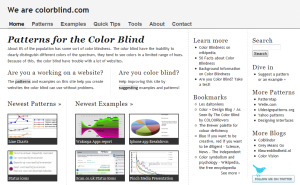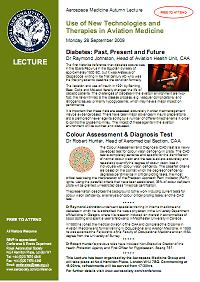I am colorblind and don’t have a very broad color spectrum. Because of that it is even harder for me to believe, that there are some people who not only can see colors with their eyes but in a way feel colors or see them with an extra inner eye. Every thing, even abstract terms, letters, numbers, just everything is associated to a color or several colors.

Ying, a women who is gifted with this very special ability, contacted me a few weeks ago and I could learn from here explanations a lot about grapheme (color synaesthesia): An individuals perception which is involuntary, consistent, and memorable associated with the experience of colors.
Basically I never really thought about this, but most things (real, abstract, imagined) has a color to me since I was a small child. The assignment of colors seems to have no reason or any rule at all, yet remain consistent. i.e. The days in a week: Monday is silver white, Tuesday is grayish blue, Wednesday is deep pink, Thursday is green, Friday is mustard yellow, Saturday is red, and Sunday is pale yellow. All the numbers have a color, too, as well as things like directions, months, abstract things like gravity (do you know gravity is steel gray to me?)…etc. I didn’t think it’s weird until my friends said it’s weird and they don’t think like that. I can speak three languages and the colors of things don’t always match in different languages. i.e. the word “wife” in English is a gray color, it’s equivalent word in Chinese is a dark red color. I can’t really explain them. Like I can’t explain why bananas are yellow, well because they are yellow as a fact.
I added a few more questions to this first introducing statement so I could learn more about synaesthesia. Here are a some more of those very interesting facts about it.
Colblindor: What about some specific words. Do they always have a specific color? Is angry really red, calm green and hot red, cold blue?
Ying: Ok about the colors of words: yes those words definitely have consistent colors to me. I have to mention that words have no colors until you understand them, and I didn’t start English until my late teens. My sense of colors might be off from authentic English speakers who learned them as little kids. :) Anyway, hot is orange to me, almost burnt (dark) orange, cold is steel gray, angry is a whitish blue, same color as “air”, calm is a watery dark blue. The thing is, many words don’t have a solid color, they frequently have 2 or 3 colors and have a swirly or mottled look. Only very simple things like simple digit numbers or the alphabet have a single color.Colblindor: Do you in some way “see” this colors or more like “feel” them?
Ying: I’m a very visual person, so I would say I rather “see” them then “feel” them.Coblindor: Do you think it is a gift, a handicap, or something you would prefer not to carry around with you?
Ying: It doesn’t affect my daily life much at all. I’ve only ever brought it up a few times with some very close friends and was surprised that they don’t have it. It might help me remember things and names better. I’m not sure if it has any other use.Colblindor: Do you know other members in your family who are feeling the same?
Ying: I never talked to my parents or siblings about this so I don’t know if they have that or not.
Now there is no obvious relation between color vision deficiency and grapheme. What if you combine both of them? — You wouldn’t be really able to see all colors with your eyes but feel and automatically associate colors to everything. Could you “feel” more colors than you perceive?
Fact is that Yings both sons claim to have also an inner eye which relates colors to things; and one of her sons is colorblind.
If you want to learn more about synaesthesia read this excellent description from Cassidy Curtis at otherthings.com. There is also an interesting site from the University of Sussex about their ongoing synaesthesia research.


